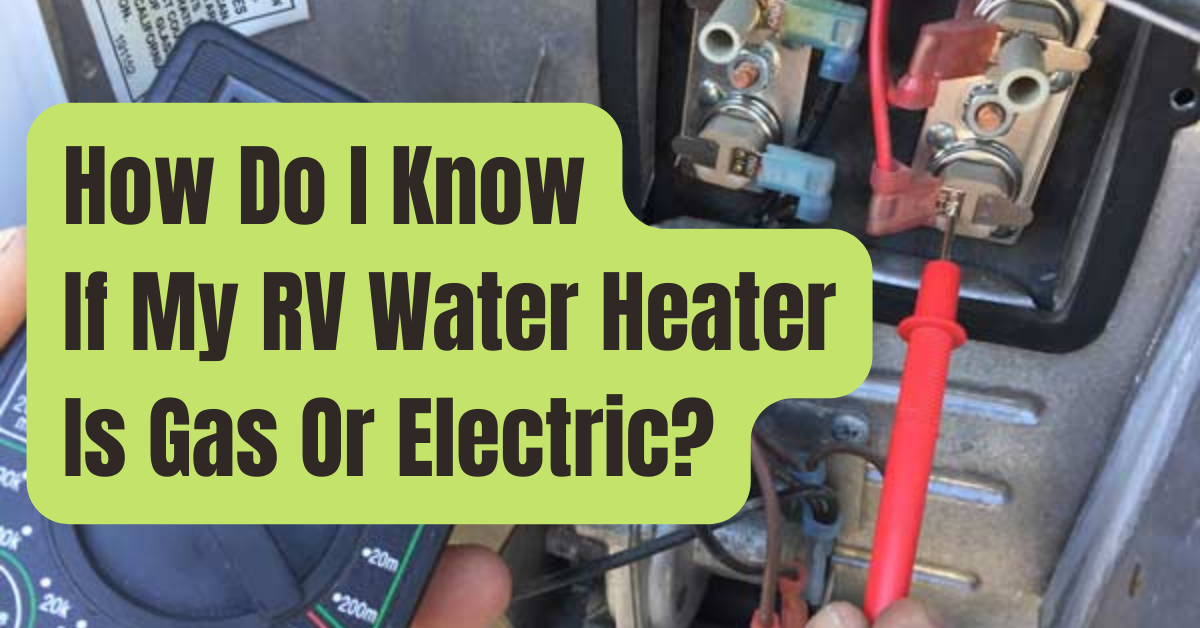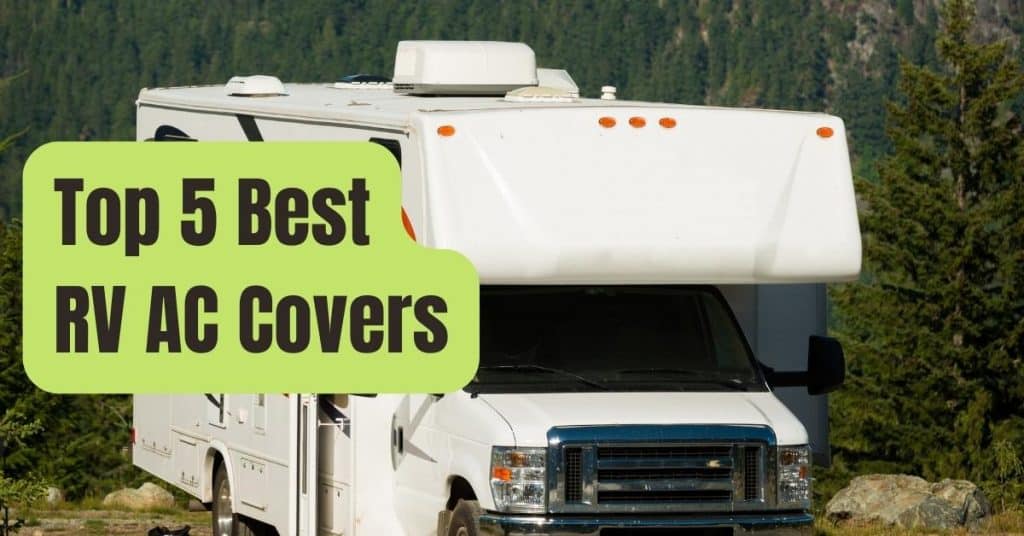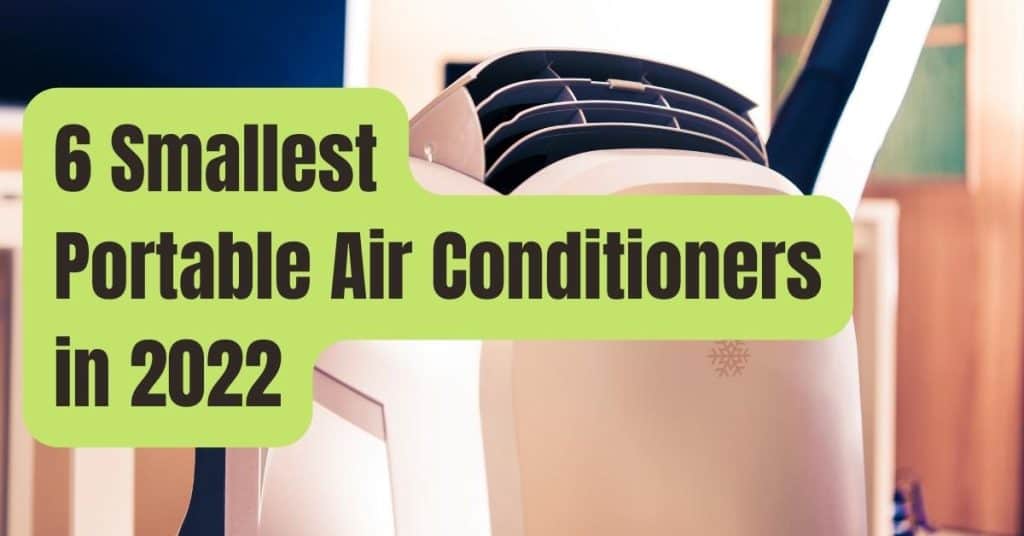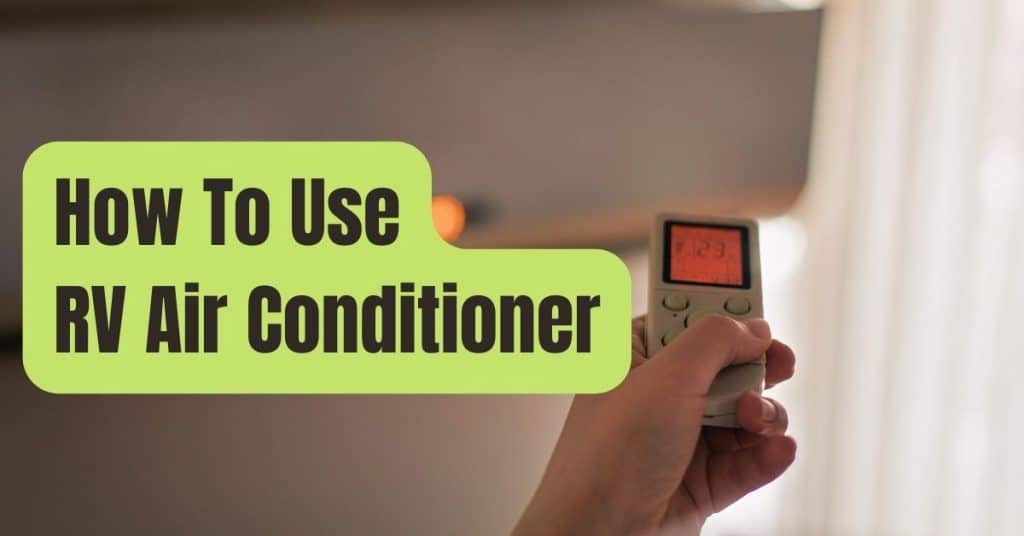Hot showers are no longer something you need to wait for when you’re pressed for time.
At least not while you are rushing.
If you have the correct tools, you should be able to quickly warm up the water in your shower by employing two sources of heat rather than just one.
Can a gas and electric water heater be used simultaneously in an RV? The electric-only, gas-only, and combination water heaters are the three different kinds of water heaters available for recreational vehicles.
If you are fortunate enough to own the final one, you are doubly fortunate since you may use both heat sources simultaneously to quickly heat your water.
Just keep reading our post to find out more information about this subject.
It contains the knowledge you need to make better use of your RV water heater.
Spend a few minutes being knowledgeable about this crucial topic so that you can do it quickly when you need to.
Can A Water Heater Be Both Electric And Gas?

That is true for recreational vehicles.
You may or might not want both heat sources, but if you don’t, you can have them fueled either by electricity or by gas.
But why would you do that if you can have the best of both worlds plus a backup heat source in case the primary one fails you? You can convert to electric and still have a hot shower if the propane tank runs out.
When boondocking, you may convert the water heater to gas and still have a hot, pleasant shower anytime you want while conserving battery power for other necessities.
RVing wisely means having a backup plan in place.
Turn on both systems to heat your water more quickly when you don’t have much time left before check-out and you don’t want to drive about smelling like the location.
This will enable you to leave the campsite on schedule.
Your showers are just one use for a dual water heating system.
Using one or both of these devices, you can prepare meals, clean up after yourself, and even give the dog a wash.
When your water heater is linked to both gas and electricity, there are no delays to deal with.
Can You Use A Gas And Electric RV Water Heater At The Same Time?
Yes, you can, and either intentionally or unintentionally, this is done.
Those who have turned both systems on simultaneously have found that their water warms up rapidly and without any negative effects.
Those who have been aware of this tactic for some time might make some preparations and employ this option to its maximum advantage.
It’s a wonderful scenario to be in and one that offers the backup you need when you need to fast heat your water.
The only precaution you need take is to make sure your hot water tank is filled with water before turning on the electricity.
If you don’t, you risk frying your electrical system and incurring high repair costs.
As some individuals forget to turn the electrical switch off after using the hot water, make sure the tank is full of water to ensure there won’t be any issues.
This implies that if you are not diligent and remember to turn the switch off, there might be some issues.
There shouldn’t be any additional dangers while both systems are running.
How Can I Convert My RV’s Gas Hot Water Heater To An Electric One?
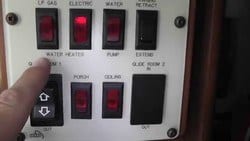
This depends on the make and type of R you possess as well as the number of extras your setup has.
Some folks have an interior switch setup where the electrical system’s on and off buttons are on one side of the switch.
The gas system’s on/off button is located on the opposite side of that switch system.
Simply push the gas button to turn it off, and then click the electrical button to turn it on.
Some RV models, however, need you to walk outside and unlock the access panel.
The electrical system has to be switched on via a little switch located in the bottom left corner.
There must to be a little clip on the switch to prevent accidental activation or deactivation.
Turn on the switch after removing the clip.
Your hot water tank should heat up in around 30 minutes.
The gas system may still be used with this system, which is another positive thing.
Running both systems simultaneously carries no danger since they employ distinct heating elements to directly heat the water in two different locations.
Do Both Heating Elements in a Hot Water Heater Operate at the Same Time?
No, they usually don’t.
If your RV hot water heater or other hot water tank has two electric components, they do not operate simultaneously.
The priority mechanism, which is in the top element, activates first.
The bottom element will switch on and heat the lower water after the top portion of the water supply has reached the temperature set by the thermostat.
An example of this is a flip-flop system.
Cold water often enters the water heater from the bottom while the hot water is being utilized.
When it occurs, the bottom element engages and begins to warm the water.
However, if a lot of hot water has been consumed, the higher element will activate and continue to heat the water.
only stopping when the water reaches the set temperature.
The system will then move on when the lower one has its turn.
In water heaters using this design, a fail-safe or high limit control switch is fitted.
The potency of both elements is destroyed by very hot water.
When you press the red reset button next to the top thermostat, the electricity turns back on.
How Can I Tell whether the Water Heater in My RV is Electric or Gas?
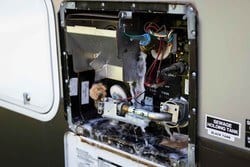
The simplest approach to find out is to visit the access panel and determine if you need to turn on a pilot light or just a switch.
There will be two methods to start the gas water heaters.
One method is to turn on the pilot light.
You may have to push the control dial to switch the pilot from off to on to do that.
Your water heater or RV’s make and type will determine the precise procedure.
You can mistake an electric water heater for a gas water heater if you light it using the other method.
Similar to the electric alternative, this system also employs a switch, which you just turn on to activate the automated lighting system.
The water heater is lighted and ready for use in approximately 20 minutes after the indication light goes out and stays out.
With the electric version, you just turn a switch, and the water will be ready in 20 to 30 minutes.
You may then have a water heater that employs both techniques.
This means that reading your owner’s handbook or asking the dealer which one is inside your possible setup are the best ways to determine which system you have.
Some Typical Water Heater Errors and Advice
- Check your bypass valve to see whether it is set to open or closed if your water heater is on but the water doesn’t heat up. If not, switch it to the open position to allow the water to warm up.
- Make careful to switch off the pilot light before driving. When you are driving or filling up at the gas station, the pilot light cannot be on.
- If the water smells strongly of anything, the tank’s anode has to be changed.
- The accumulation of soot shows that certain components have become misaligned or have come free. To eliminate this accumulation, tighten up those components.
- If your flame burns unevenly, there is an obstruction someplace that requires your immediate attention.
Final Thoughts
You may use your RV’s electrical and gas-powered hot water systems without any concern.
In fact, you’ll recover more quickly and waste less time waiting for the water to boil up.
Just be sure to turn off the pilot while you are driving.

